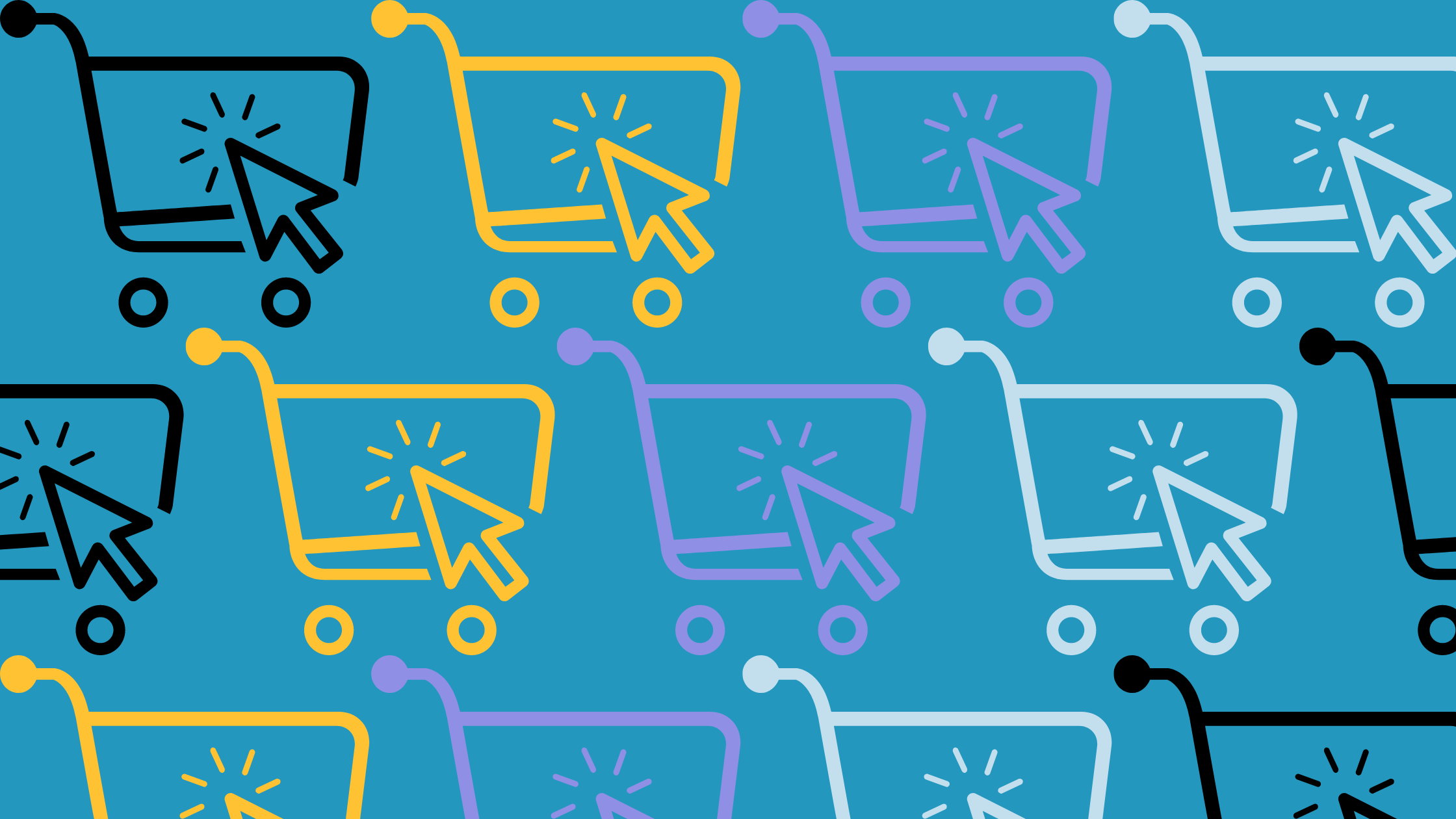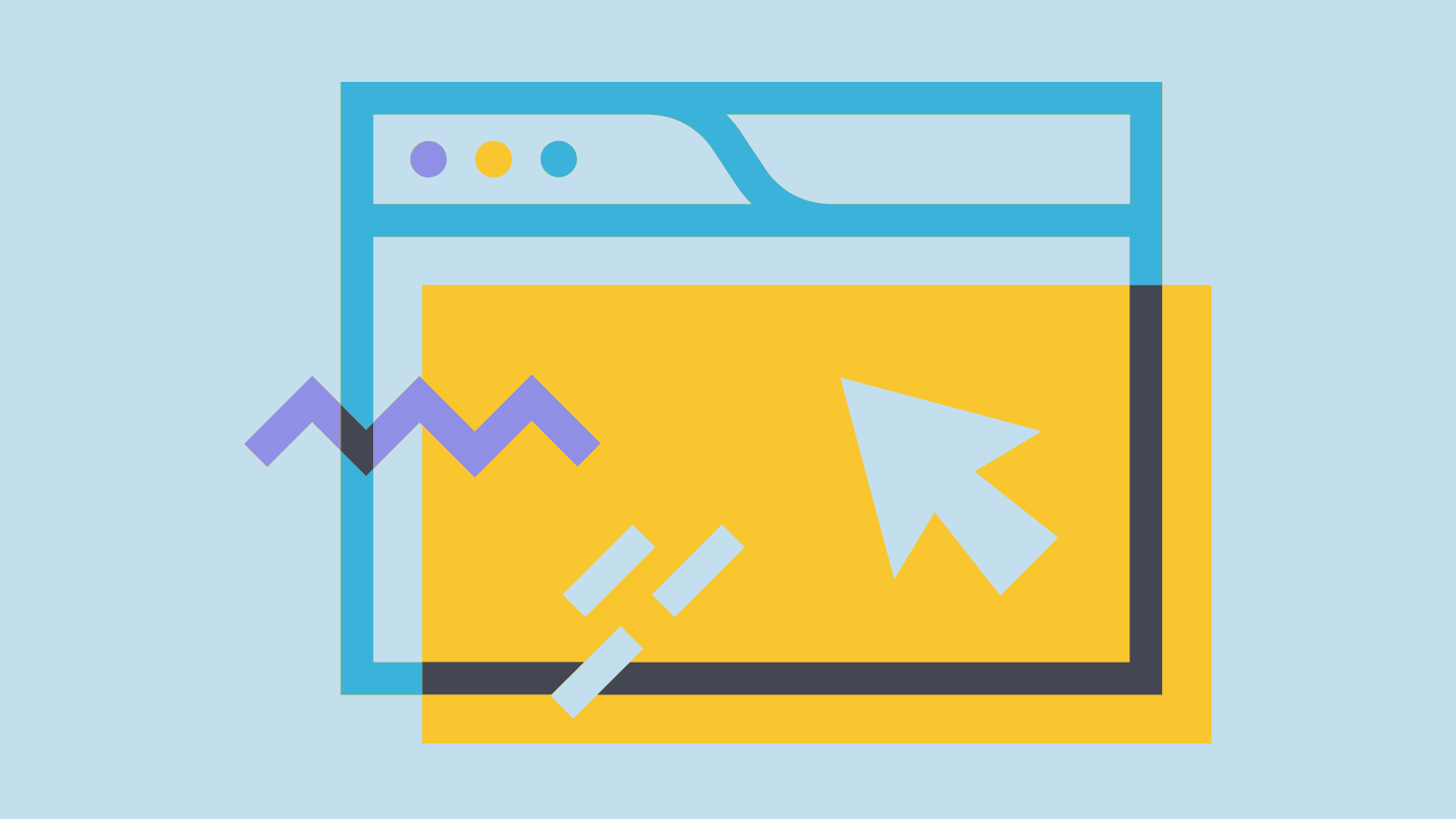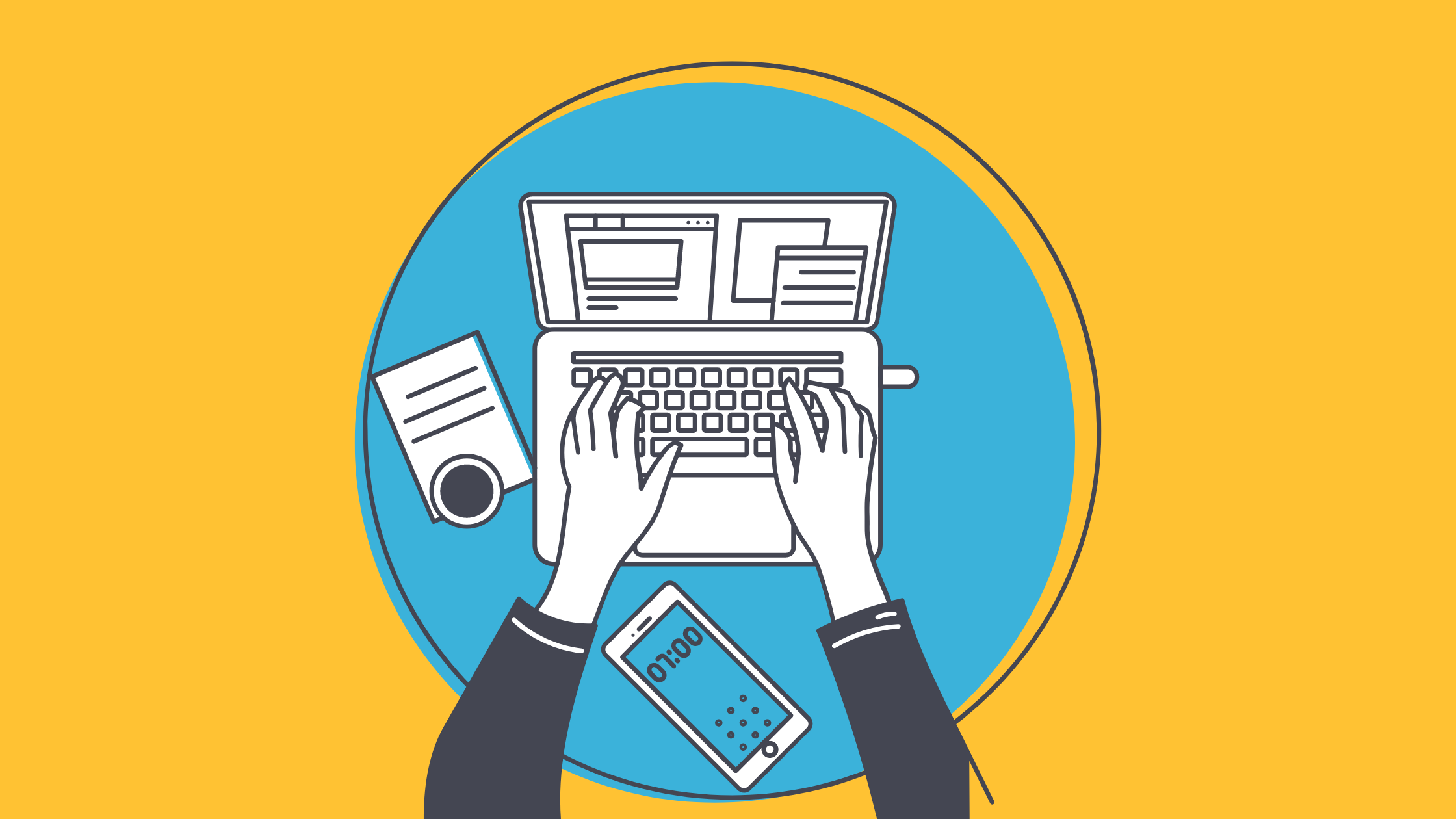What is Ecommerce Marketing?
Ecommerce marketing is any marketing effort to promote your online store and increase sales, whether it’s getting new customers or retention of existing customers. Ecommerce marketing does the following:
- Drives traffic to your ecommerce website
- Makes your target audience aware of your company
- Makes it easy for consumers to discover your website
- Converts website visitors into new customers
- Encourages people who have visited your website before to purchase again
- Increases customer satisfaction and drives customer loyalty
- Encourages existing customers to purchase again with relevant offers and information
- Drives customers to order more items and more frequently
6 Types of E-Commerce Business Models
Most businesses fall into one of these business to market relationships. Are you selling directly to consumers? To other businesses? To government entities?
1. Business to Consumer (B2C)
B2C businesses sell to their end-user. The majority of businesses are B2C. When you buy a product from an online store as a consumer, that’s a B2C transaction.
2. Business to Business (B2B)
In the B2B model, a business sells its product or service to other businesses. This is often through exclusive contracts for repeat purchases. B2C transactions have a longer decision cycle than B2C businesses.
3. Consumer to Consumer (C2C)
C2B businesses allow individuals to sell goods and services to companies. Freelancer gig marketplaces and affiliate marketing programs are examples of C2B businesses.
4. Consumer to Business (C2B)
The most recognizable C2B business is online marketplaces like Craigslist and eBay. These businesses don’t make their money from products themselves, but by charging transaction or listing fees.
5. B2G/ B2A E-Commerce - Business to Government/Administration
The B2G/B2A model describes businesses whose clients are exclusively government or public administration entities.
6. B2B2C - Business to Business to Consumer
B2B2C e-commerce is when a business sells products to another business, and then that business sells the same products to the consumers. Ecommerce store owners typically use this business model for new customer acquisition to reach customers who are familiar with the partner’s products.

Ecommerce Marketing Terms and Definitions
Here are a few important terms to know for marketing an ecommerce business.
Personas
Customer personas, also known as buyer personas and marketing personas, are representations of your ideal customers. Most companies have more than one. They are informed by insights from your actual customer base and market research. Customer personas allow you to target your messaging and keep it consistent across your company. They can inform product development, marketing strategies, sales channels, and more.
Every persona has a name, demographic details, interests, and behavioral traits as if they were a real person. It's also a good idea to use a stock photo or illustration based on this research. You should also spell out their goals, pain points, and buying patterns.
.png?width=1600&name=A%20graphic%20of%20a%20customer%20persona%20including%20a%20picture%2c%20bullet%20points%20with%20lines%20to%20imply%20text%2c%20and%20a%20horizontal%20bar%20chart%20(1).png)
Return on Investment (ROI)
Return on investment (ROI) is a method of measuring what you as a business got out of an investment. It compares what you have after the investment to what you might have if you hadn’t made the investment.
%20%20Cost%20of%20investment%20x%20100%25.png?width=1600&name=The%20ROI%20formula%2c%20ROI%20=%20(FVI-%20IVI)%20%20Cost%20of%20investment%20x%20100%25.png)
Where:
FVI = Final Value of Investment
IVI = Initial Value of Investment
Key Performance Indicators (KPIs)
Key Performance Indicators are milestones that measure the success of marketing efforts compared to the goals. Some examples of KPIs for ecommerce include:
- Click through rate (CTR)
- Conversion rate
- Shopping cart abandonment rate
- Cost of goods sold (COGS)
- Site traffic
- Bounce rate
- Traffic source
- Pay per click (PPC) traffic volume
- Customer satisfaction (CSAT) score

Return on Ad Spend (ROAS)
Like ROI, return on ad spend measures what a business got out of the money they spent on advertising. Cost that are factored into ROAS include
- Listing costs
- Partner costs
- Production costs
- Affiliate costs
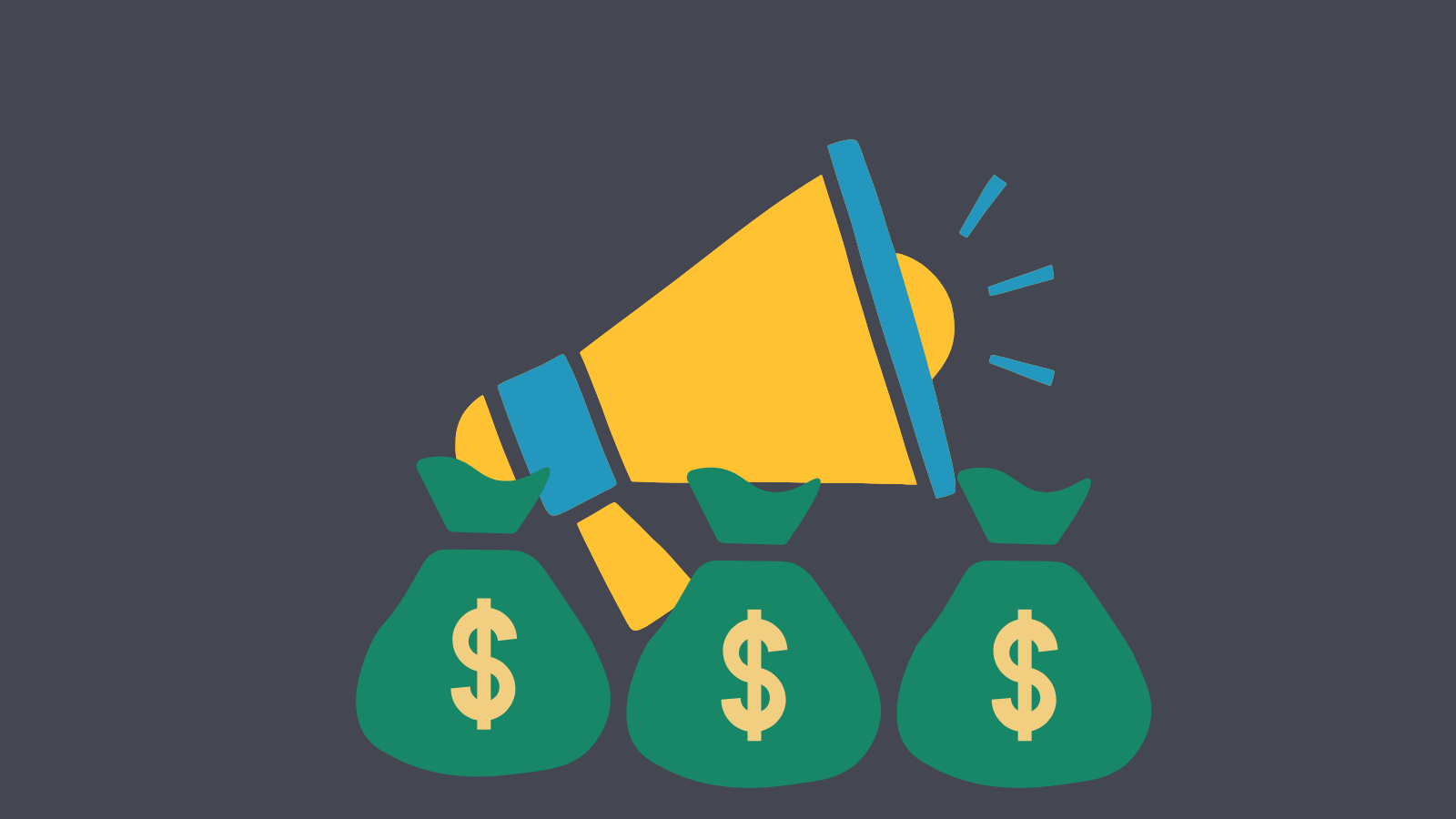
Brands
A brand is the name and face of a company, including, but not limited to the
- Logo
- Colors
- Tagline
- Copy
- Tone of voice
These aspects shape customers’ perceptions of your business.

Types of Ecommerce Marketing
Ecommerce SEO
Search engine optimization (SEO) is the practice of making your website or online store content appear on the top of the search engine results page (SERP). The ingredients of an effective ecommerce SEO strategy include:
- Keyword research
- Content marketing
- Meta titles and meta descriptions
- Structuring your content effectively
- Internal and external links
.png?width=1600&name=Upward%20Trending%20line%20graph%20with%20magnifying%20glasses%20(2).png)
Email Marketing
Email marketing is one of the oldest forms of digital marketing. It has more power as an ecommerce marketing tactic than many people may think. It’s cost effective, can reach subscribers directly, and it can be automated. With an email marketing automation tool, you can set up email campaigns that are segmented by interest or stage in the buyer’s journey. The biggest challenge in email marketing is building your email list. Consumers are concerned about data privacy, so it’s important to be careful about when you add website visitors to your mailing list.
![]()
Conversion Rate Optimization
Conversion rate optimization refers to the efforts you make to convert website visitors into paying customers.
Here are a few examples of conversion rate optimization tactics for ecommerce:
- Push notifications
- Live chat
- User reviews & user-generated content (UGC)
- Choosing guides
- VR fitting and placement tools

SMS Marketing
SMS marketing is when a business sends text messages for promotional purposes. It works best for
- Alerts
- Updates
- Limited-time offers
- And other messages that need to be read immediately
You need the contact’s permission to send SMS to them. Some countries heavily regulate SMS marketing, so please send responsibly and don’t rely on it too heavily if you have an international customer base.

Organic Social Media
Organic social media is your unpaid presence on social media platforms like Facebook, Pinterest, Instagram, TikTok, and any other platforms you use to reach your audience.
Use these platforms to share company updates, educate about your products, and promote causes that align with your brand values. Any topic relevant to your business and your target audience that’s likely to engage your followers is fair game! You can even boost your online sales and make it easy for your target audience to purchase your products by selling directly on social media platforms.
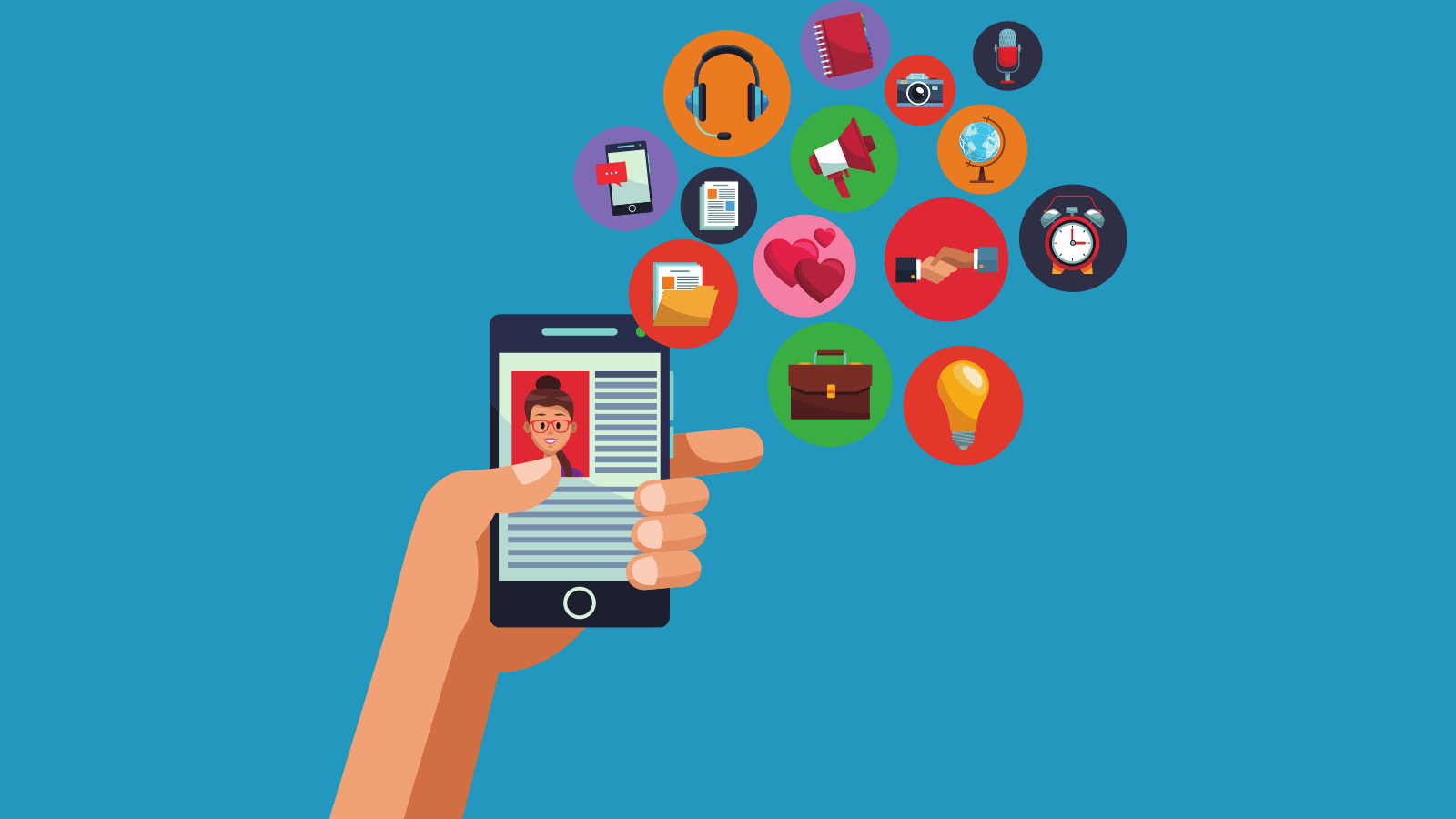
Paid Social Media Marketing
Organic social reach isn’t always enough to promote an ecommerce business on social media platforms. You may need to take out some ads.
All social media platforms have a variety of ad formats for every marketing goal and place in the buyer’s journey. Facebook ads and Instagram ads are known for their effective targeting and retargeting abilities, but depending on your audience you may also want to take out ads in TikTok, Snapchat, Pinterest, LinkedIn, and others.

Influencer Marketing
Influencer marketing is paying people with large social media followings to promote your brand and your products. Influencers in niches that overlap with your target audience can help you reach difficult audiences. Influencer marketing campaigns also enhance your brand image by selling your products as part of a lifestyle.
Some influencers charge a hard fee, others work on commission. Try working with influencers with followings of various sizes. Micro-influencers often lead to more conversions for small businesses because they’re more focused on their niche. And, of course, they’re more affordable to hire than the big names.

Paid Google Search Advertising
You can pay for more exposure on search engines as well. The most popular options are:
Pay-Per-Click (PPC)
PPC ads from Google Adwords appear on top of search results for chosen keywords.
Google Shopping
Google shopping is a free service where you can list your entire product catalog with images and prices to directly capture high-intent shoppers
Display Campaigns
Display campaigns are banner ads on other sites based on search and browsing behavior. For example, a potential customer might search for “crop top” and see an ad for a crop top later on while they’re reading the news.

Affiliate Marketing
Affiliate marketing relies on a network of affiliates, also known as referrers, who drive traffic to your online store and get paid a commission for each sale they help make. Affiliates use blog posts, YouTube videos, and other social media platforms to give reviews of your products and include a specific link to the product so they’ll get a commission from every sale that starts with a user clicking the link.
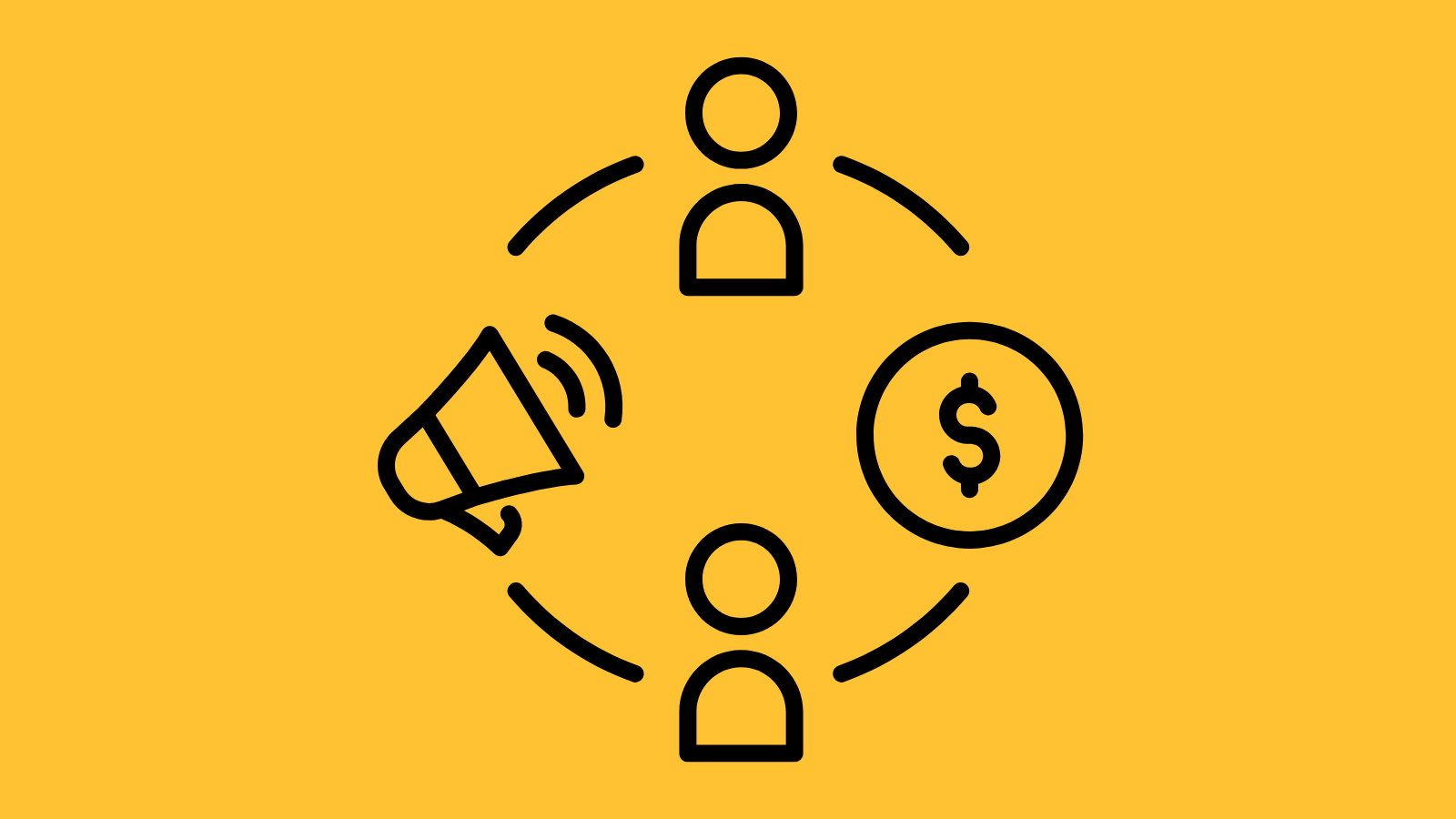
Partnerships
Forming partnerships with other ecommerce companies can extend your reach and theirs into each other’s audiences. This is an especially effective strategy for lifestyle ecommerce brands with overlapping target audiences. A partnership can take many forms, including
- Cross-brand offers
- Swapping email lists for one email campaign
- Guest blog posts
- Guest starring in each other’s videos or podcasts
- Social media takeovers
Get creative to find something that would be beneficial to both companies and enjoyable for your combined potential customers.

PR and Brand Awareness
Some people think that PR is outdated for ecommerce. That couldn’t be further from the truth! Getting your brand featured in online and offline media publications can do wonders for brand awareness, especially at launch time.
Whether it’s a founder interview, a mention in a listicle, or getting your headline product featured in a photoshoot, the goal is to create demand in a way that suits the product.
Events and sponsorship opportunities are also often overlooked by new ecommerce businesses. Local fairs, pop-up stores, themed expos, and other similar events are great opportunities to get offline and build relationships with your customers in person. Choose the events you participate in based on how close they can get you to your target audience.

Ecommerce Content Marketing
- answer questions
- educate your audience
- expand the company narrative
- help potential customers choose a product
- entertain your target audience.
It’s a marketing tactic that can drive long-term results for ecommerce businesses. Formats that content marketing can take include, but are not limited to:
- Blog articles
- Video
- Podcasts
- Guides and help content
- User-generated content
- Photos
- Video
- Forum entries
- Testimonials
Creating content marketing pieces is a chance to tell your story and establish yourself as a trusted authority in your field. When your content is optimized for search engines and easy to find on-site, it can boost your conversion rate. You can also reuse your content for other ecommerce marketing campaigns like newsletters, social media posts, and partnerships with other companies.
![]()
Ecommerce Marketing Strategies
Follow these ecommerce marketing tips and strategies to set yourself up for success.
Define Your Target Audience
The right messaging, brand voice, and visuals for your company will depend on who you want to appeal to. Creating specific buyer personas based on demographic research is the first step to creating marketing campaigns that appeal to your ideal customers.

Check Out Your Competition
Though you should obviously never directly rip off your competition, you can still learn a lot from their marketing strategies. What do they do that you like? What would you do differently than they do?
Set Goals Based on Industry Benchmarks
How do you know if your marketing goals are realistic if you don’t have sales data of your own yet? Do some research on industry standards for businesses of your size and go from there.
Use Marketing Tools
Marketing your ecommerce business on your own can be overwhelming. And as a small business owner you may not be able to afford to hire a marketing team. Fortunately for you, there are tools for all aspects of ecommerce marketing that can take a lot off your plate for a reasonable price. Use these tools to automate as much as possible so you can save your precious time for things an algorithm can’t do.
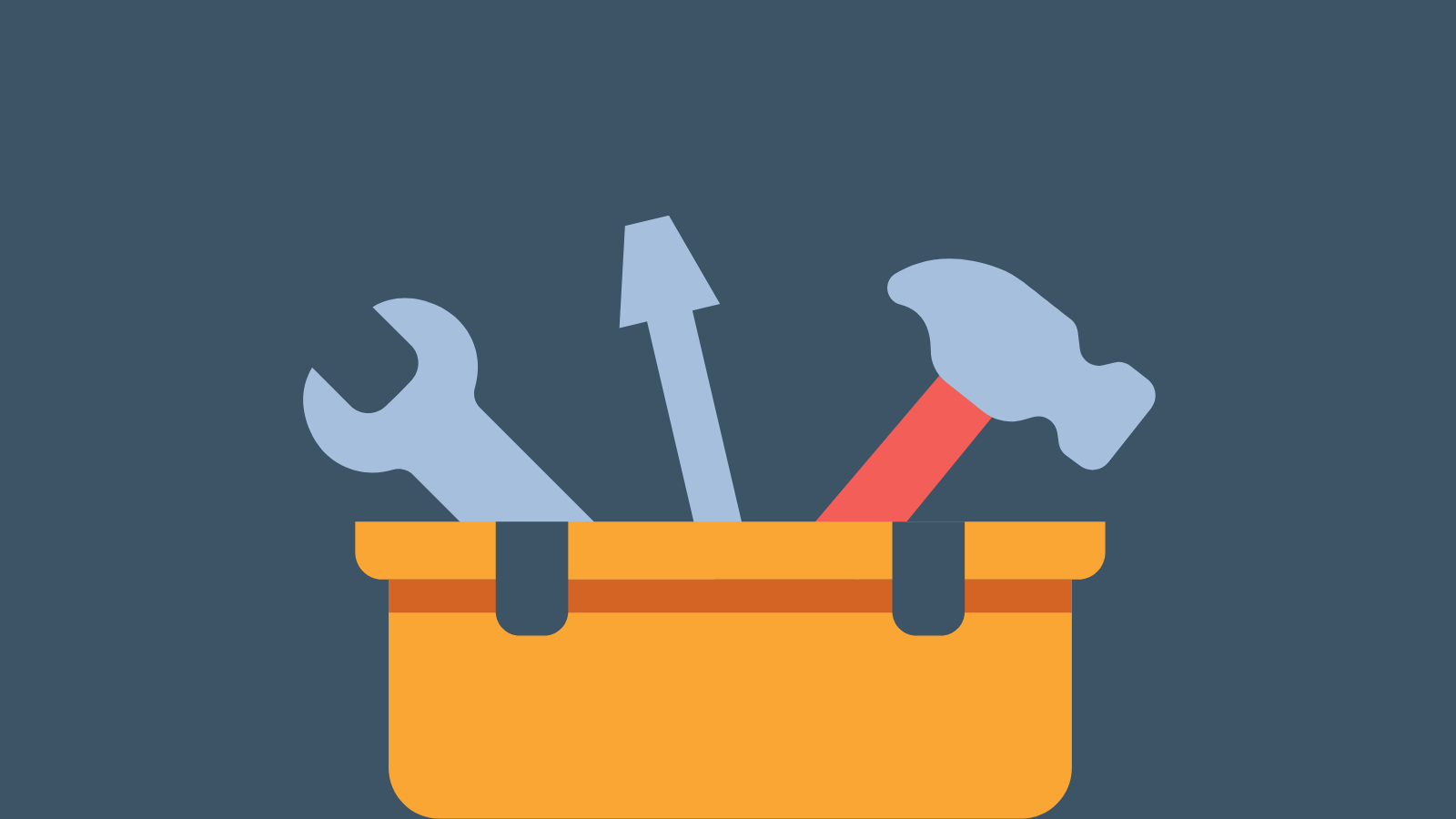
Add Marketing Channels As You Go
When you first create your ecommerce marketing strategy, start small and manageable. Once you find your footing, expand to more channels and tactics that make sense for your brand and your target audience.

Personalize Customer Communications
Ads, emails, text messages, and live chats have a much higher impact on customers when they’re personalized and relevant. This makes customers feel understood and seen, not just like another person receiving a generic message.
.png?width=1600&name=Minimalist%20graphics%20of%20people%20speaking%20(2).png)
Measure Your Results and Improve as You Go
Unless you have a crystal ball, you can’t always predict what marketing tactics will be successful for your business. The only way to tell what’s working and what isn’t is to track your KPIs, keep what works, and change what doesn’t. Making mistakes is fine, especially early on, as long as you learn from them.
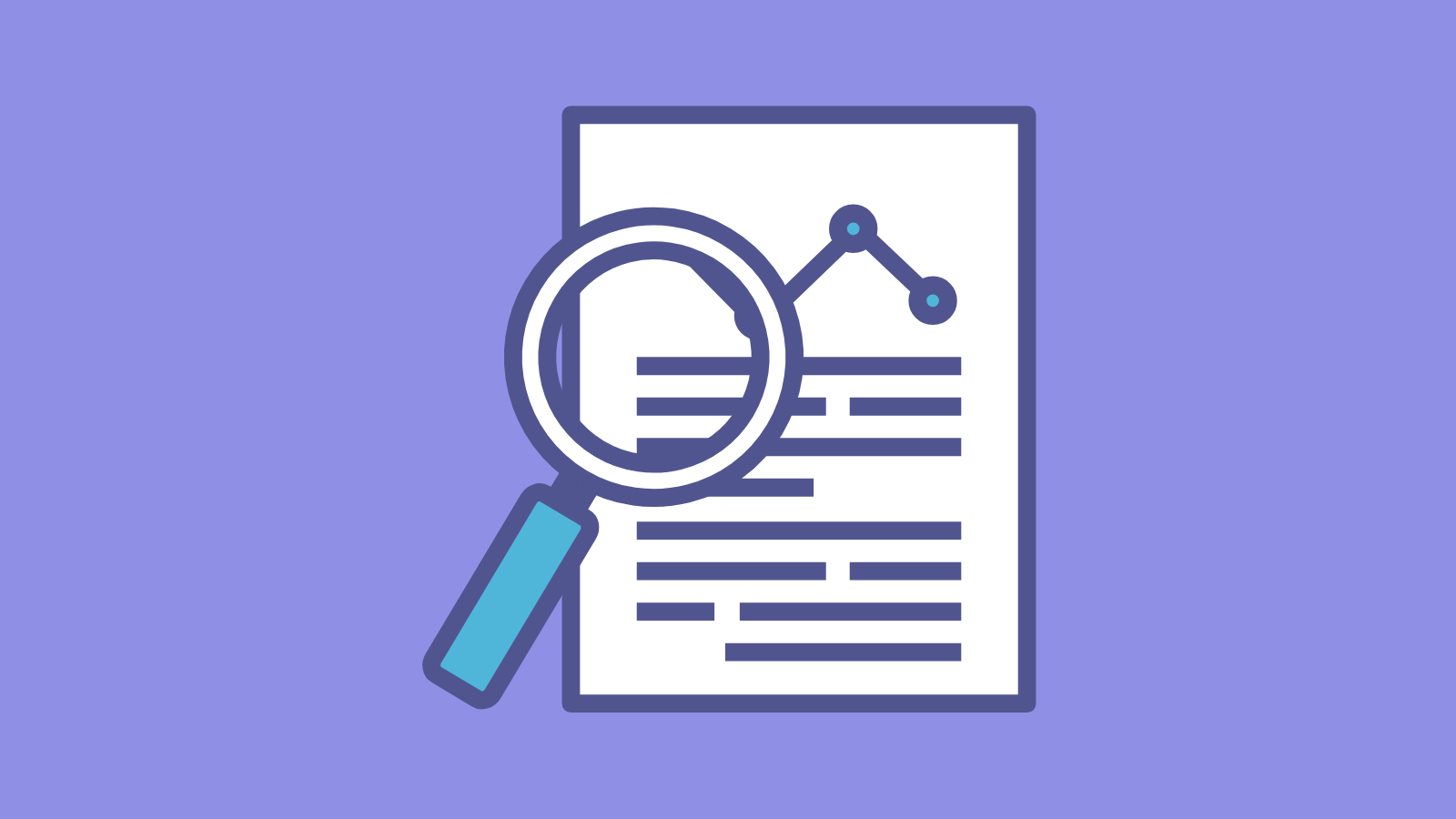
Encourage Customer Loyalty with Rewards Programs
Loyal customers are the best! They boost your profits, improve your brand image, attract new customers, and spend more money than one-time customers. Creating a loyalty program for your ecommerce store helps you proactively build customer loyalty.
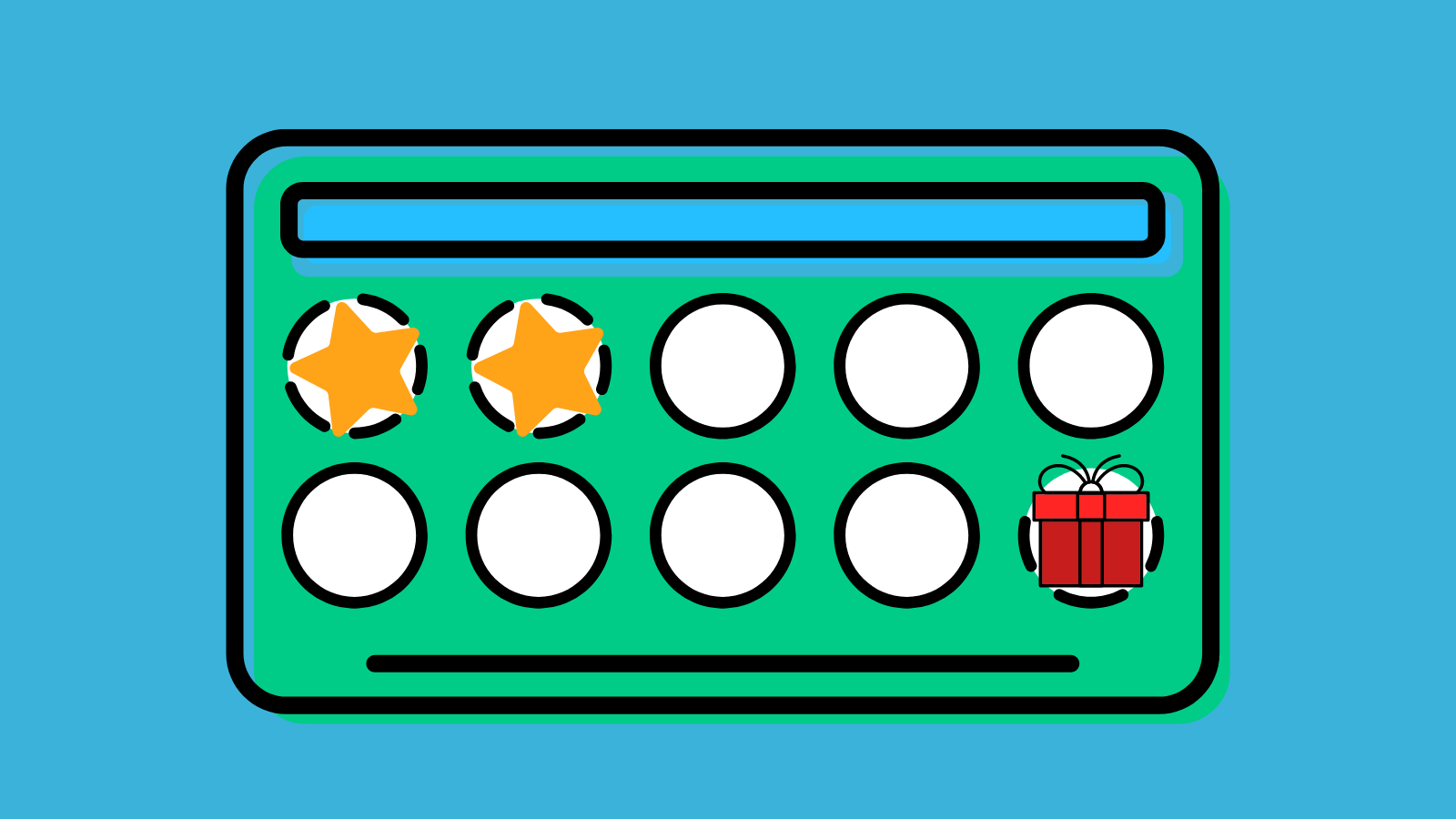
Build Your Email List
Email marketing is a powerful tool for online marketing strategies. Email marketing has the power to create relationships with your customers and keep them up to date on new products, events, blog posts, and other important business happenings.
Email lists can include people who have:
- Purchased something from you
- Subscribed on your website
- Signed up for your product
- Given you their business card in-person
You can build up your email list by:
- Giving sign-up incentives
- Strategically placing sign-up opportunities
- Running social media campaigns for email sign-ups
- Creating a referral program
- Hosting a giveaway or viral contest

Upsell and Cross-Sell
Upselling is recommending an add-on or a more expensive product to a potential customer who expresses interest in a specific product. If you order a small coffee and the cashier tries to convince you to get a medium, that’s upselling. Cross-selling is recommending related products they might also be interested in. Amazon does this with their “frequently bought together” feature. Upselling and cross-selling are both tactics to increase your average order value.

Set Up Abandoned Cart Recovery Campaigns
About 70% of online shopping carts are abandoned before checkout. Bringing even a small number of those customers back can make a difference for your sales. Most abandoned cart recovery sequences include two or three abandoned cart emails or SMS messages designed to nudge these customers to complete their purchases.
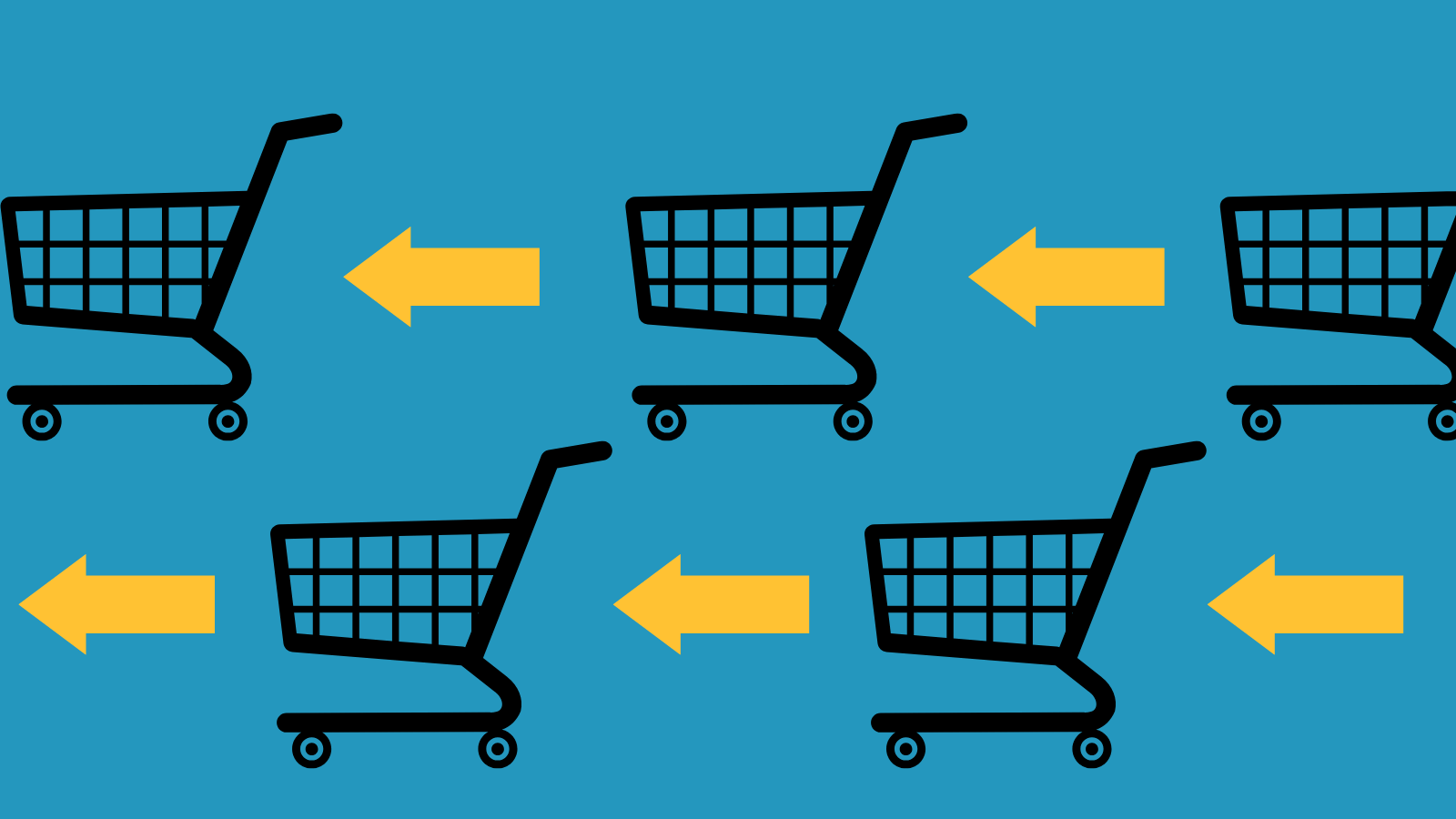
Capitalize on User-Generated Content
User-generated content (UGC) is encouraging customers to promote your business for you. UGC doesn’t just drive traffic to your online store. It also helps you build a genuine following of people who are interested in your brand and products. Some effective ways to drive UGC include:
- Competitions where entering to win involves displaying the product
- Inviting feedback on review platforms
- Branded hashtags on social media
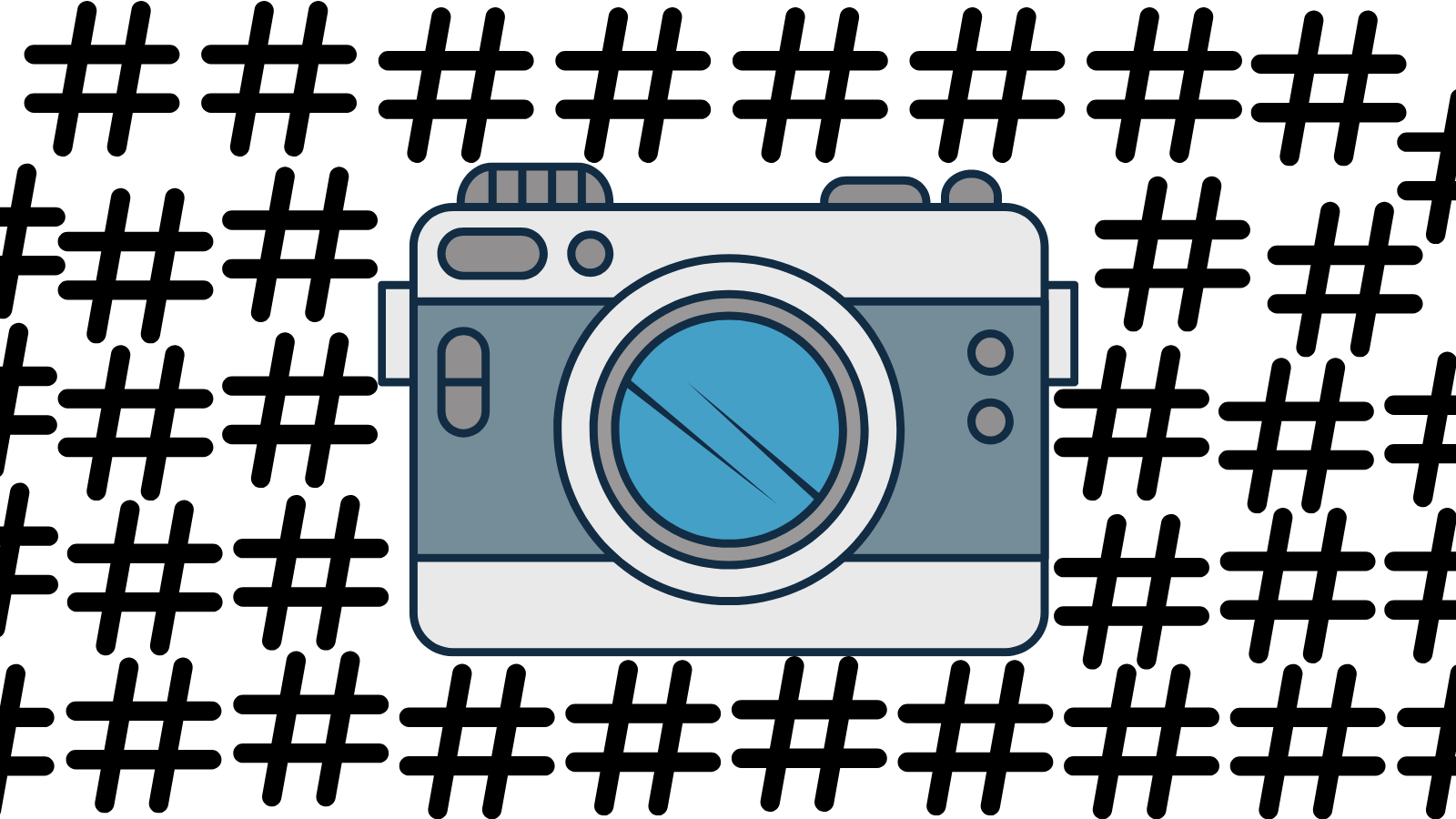
Generate Word-of-Mouth Marketing
Word-of-mouth marketing (WOMM) is a powerful marketing tool to harness. The premise is simple enough: people are more likely to take advice from other people like them than from companies. The most effective way to get word of mouth marketing organically is to provide a customer experience that people want to tell their friends about. There are a few other things you can do to encourage it as well.
Reviews
Customer reviews aren’t just honest comments on the effectiveness of your products, they’re also a marketing tool for you. Potential customers trust reviews because they’re from people who aren’t invested in the company’s success. Encourage customers to leave reviews of the products they purchase however you can.
Referrals
A referral is when a customer solicits people in their life to buy your products. You don’t have to rely on it coming up in conversations organically to harness that power. A referral program that gives customers something in return (like a discount or a free product) for referring people is a great way to encourage your customers to recommend your products to their friends.
Testimonials
Getting customer testimonials involves interviewing customers and asking specific questions that get to the points you want to share with prospective customers. Some topics you may want to focus on in your testimonial interviews for your ecommerce store include
- Website user experience
- Ease of the buying process
- Customer support quality
- Delivery and setup processes
Case Studies
Case studies are another way to leverage customer interviews and success stories to promote your product and improve your reputation. Case studies should ideally relate to your customer personas, so start by interviewing customers that closely represent your target audience. When you’re writing up your case studies, focus on a clear before and after narrative. You want readers to see that your product has drastically improved the person’s life.
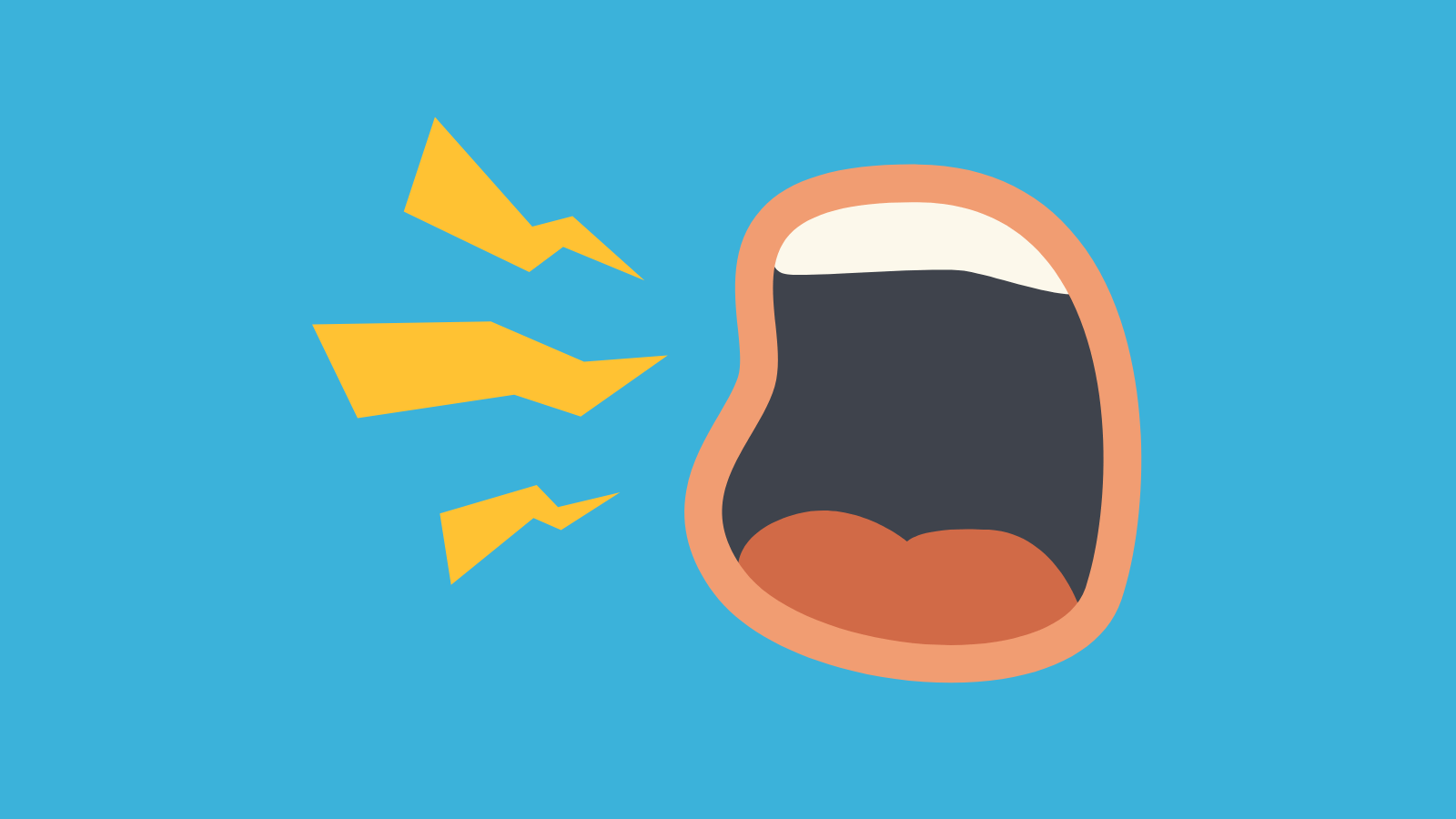
Invest in Live Chat
When customers run into an issue with your online store, they don’t want to wait for a response to a customer support ticket. Otherwise, they could easily take their business elsewhere. Live chat platforms also give you an opportunity for calls to action. For example, when you’re done solving the user’s problem, you can prompt them to fill out a customer satisfaction survey, sign up for your email list, or even give them a discount on the item in question. Many online retailers are embracing live chat as a lead generation tool as well as its customer service purpose.

Use Responsive Website Design
A mobile-friendly website is essential for driving ecommerce sales. After all, mobile users account for over half of the global internet traffic. The easiest way to create a mobile-friendly website is to use a responsive design. If you use a website builder, this is as easy as using a responsive template. Other ways to offer a mobile-friendly experience include:
- Simple design
- Readable fonts
- Avoiding large chunks of text
- Optimized image files
- Prioritizing speed
- Clearly displaying CTAs
- Automatic sign-in
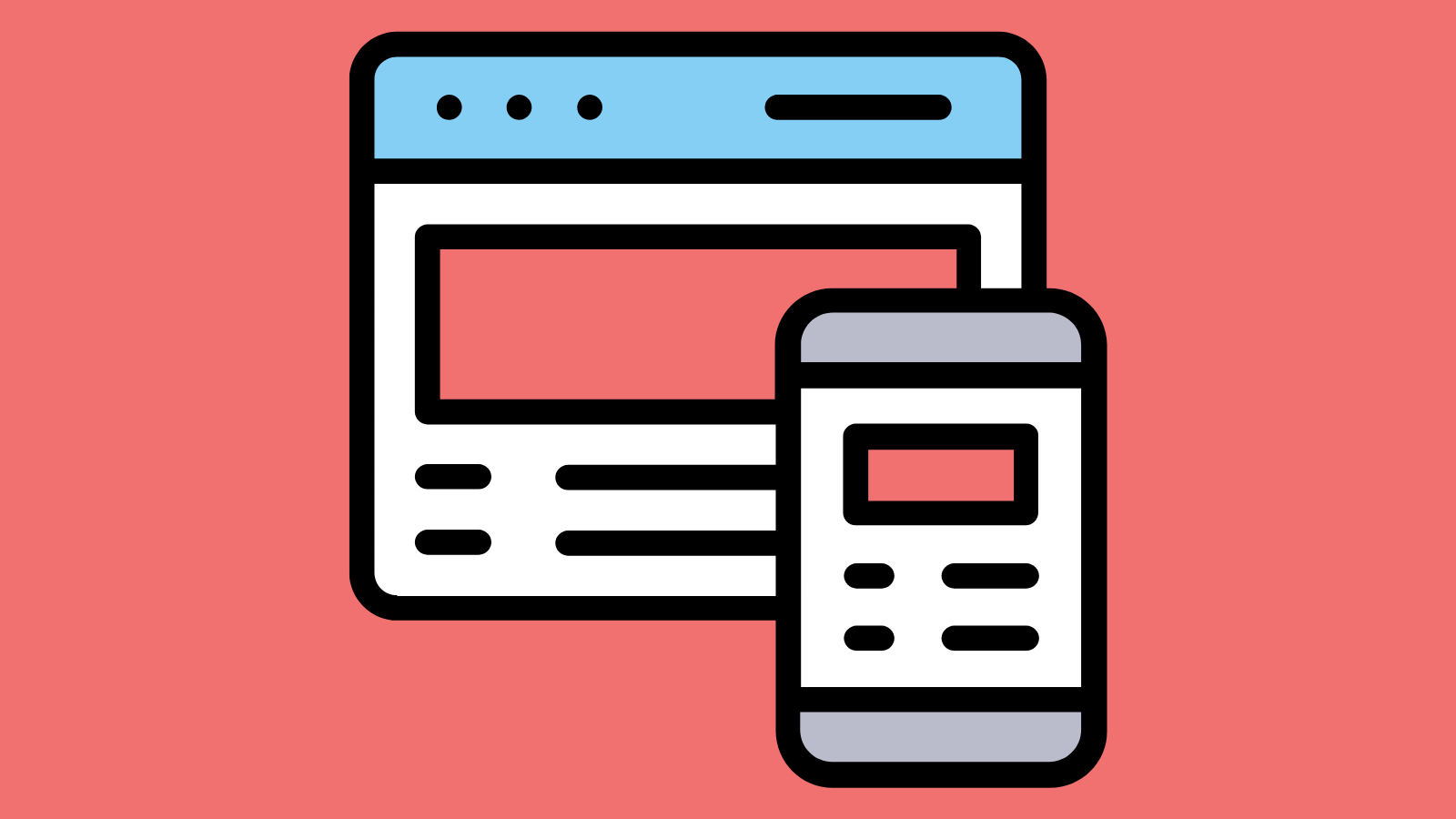
How to Build an Ecommerce Marketing Plan
A marketing plan is a roadmap of how you’re going to market your business over a period of time. A good marketing plan contains goals, a timeline, specific tactics to meet your goals, and KPIs to track your progress. Here are the parts of an ecommerce marketing plan.
Executive Summary
An executive summary provides a broad overview of the project that can easily be spread to the people who make the decisions in your business. It should summarize the key points of your strategy, its desired results, and recommendations for the strategy.
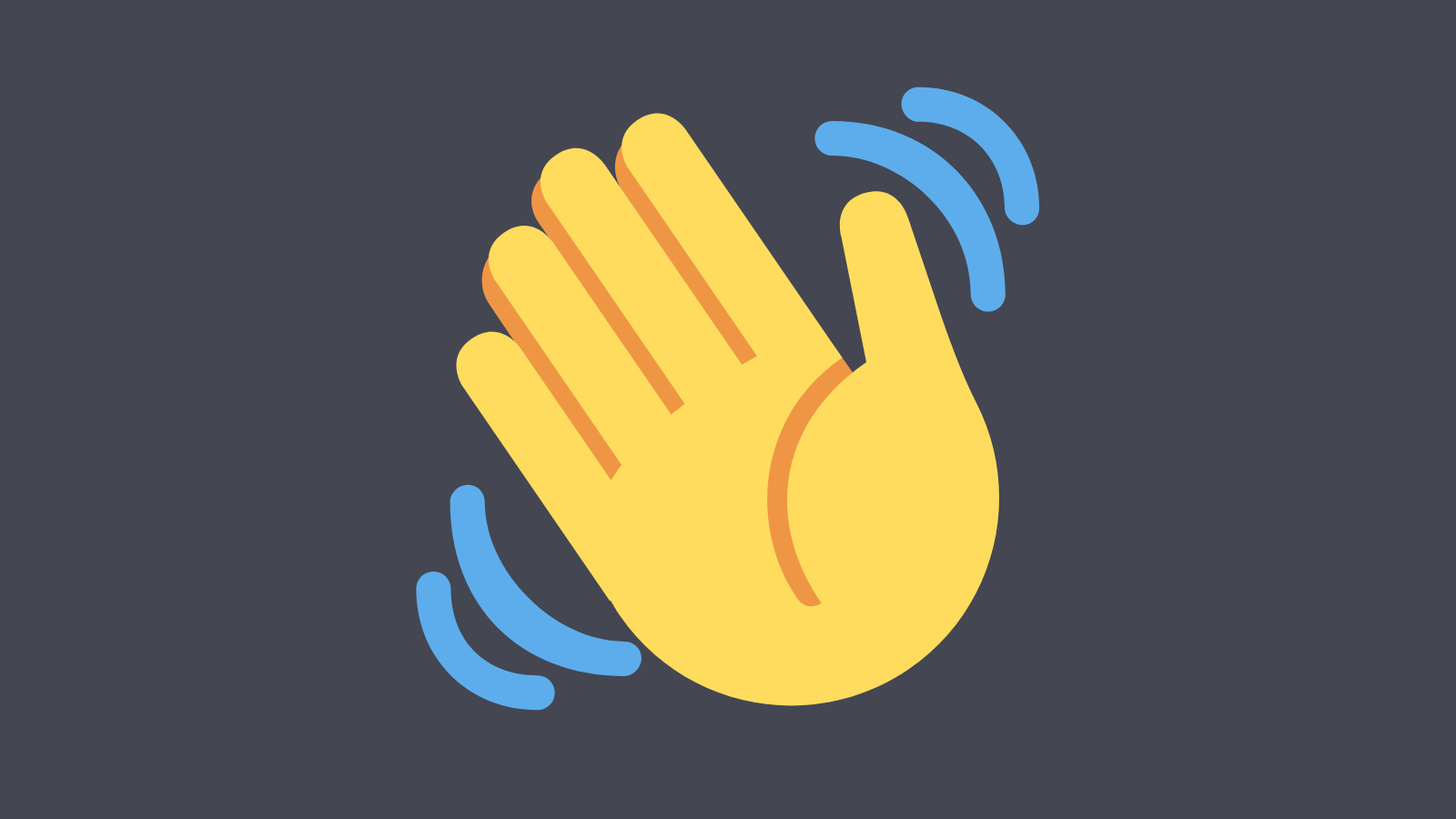
Goals and Objectives
Make sure your goals are clear and specific. If they don’t quite pan out when you execute the plan, you can always amend them later.
Mission Statement and Value Proposition
For this stage of your marketing plan, you should be able to answer the following questions:
- What is your company’s purpose?
- What does your company do?
- What does your company not do?

Target Customers and Personas
This section of your marketing plan breaks down who your audience is and what characteristics define them. Be sure to include:
- Age
- Gender
- Location
- Income
- Shopping habits
For each persona.
![]()
Pricing and Positioning Strategy
Do some research and devise strategies for pricing and positioning in the market that provide value to your target audience and build customer loyalty. Pricing your products too high for your target market to afford is a surefire way to alienate them, especially when they can easily go to another website to compare prices. You can always tweak your strategies later, but doing a little work upfront will set you up for success in the long run.
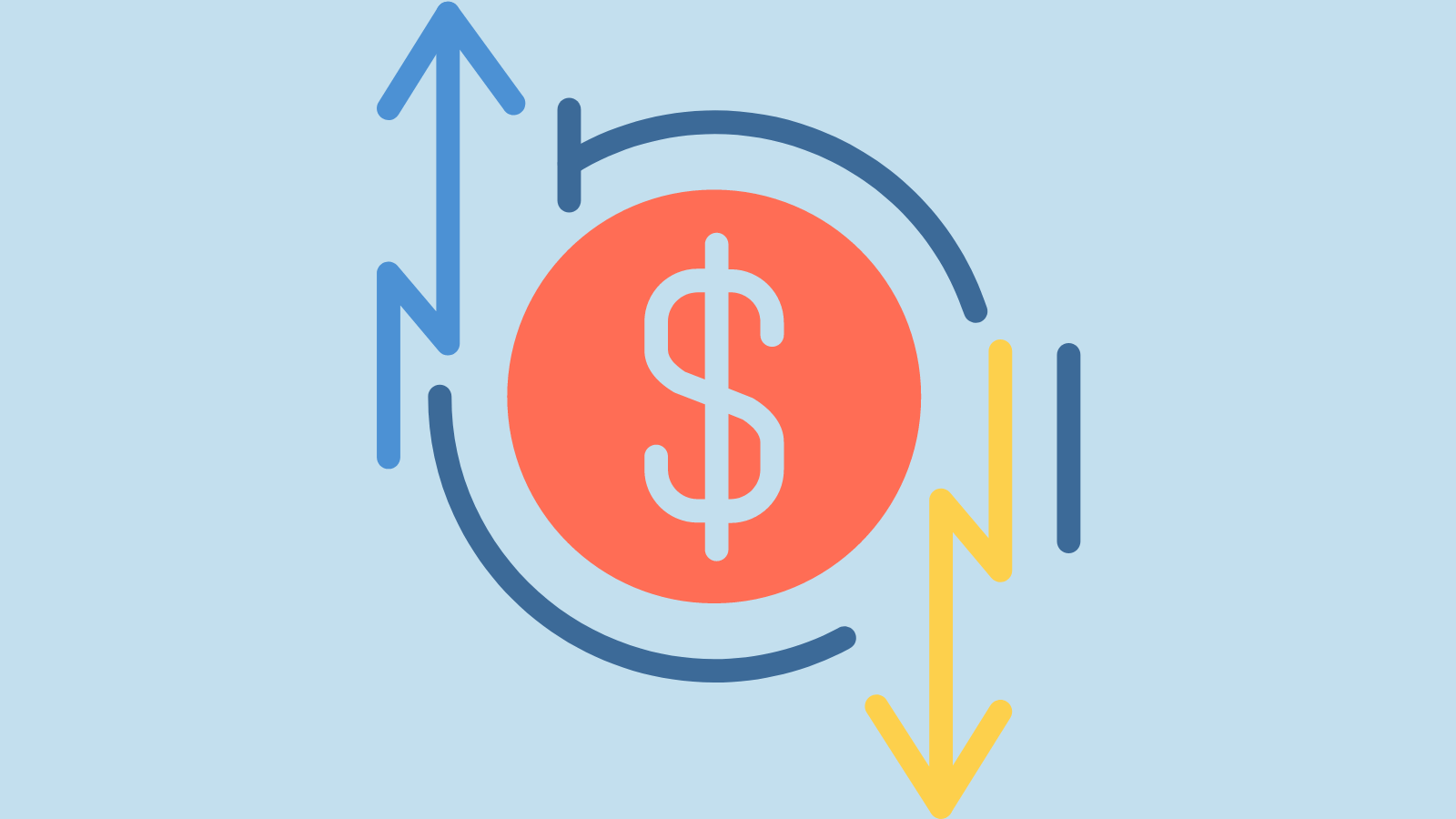
Distribution and Order Fulfillment Plan
Demonstrating a clear understanding of how distribution and order fulfillment will work as your business grows is a great way to put your business on the track to improve. Whether you’re handling it all yourself, hiring a small fulfillment team, or using a third party service, you need to know if your process can handle the demand increase from a marketing push.
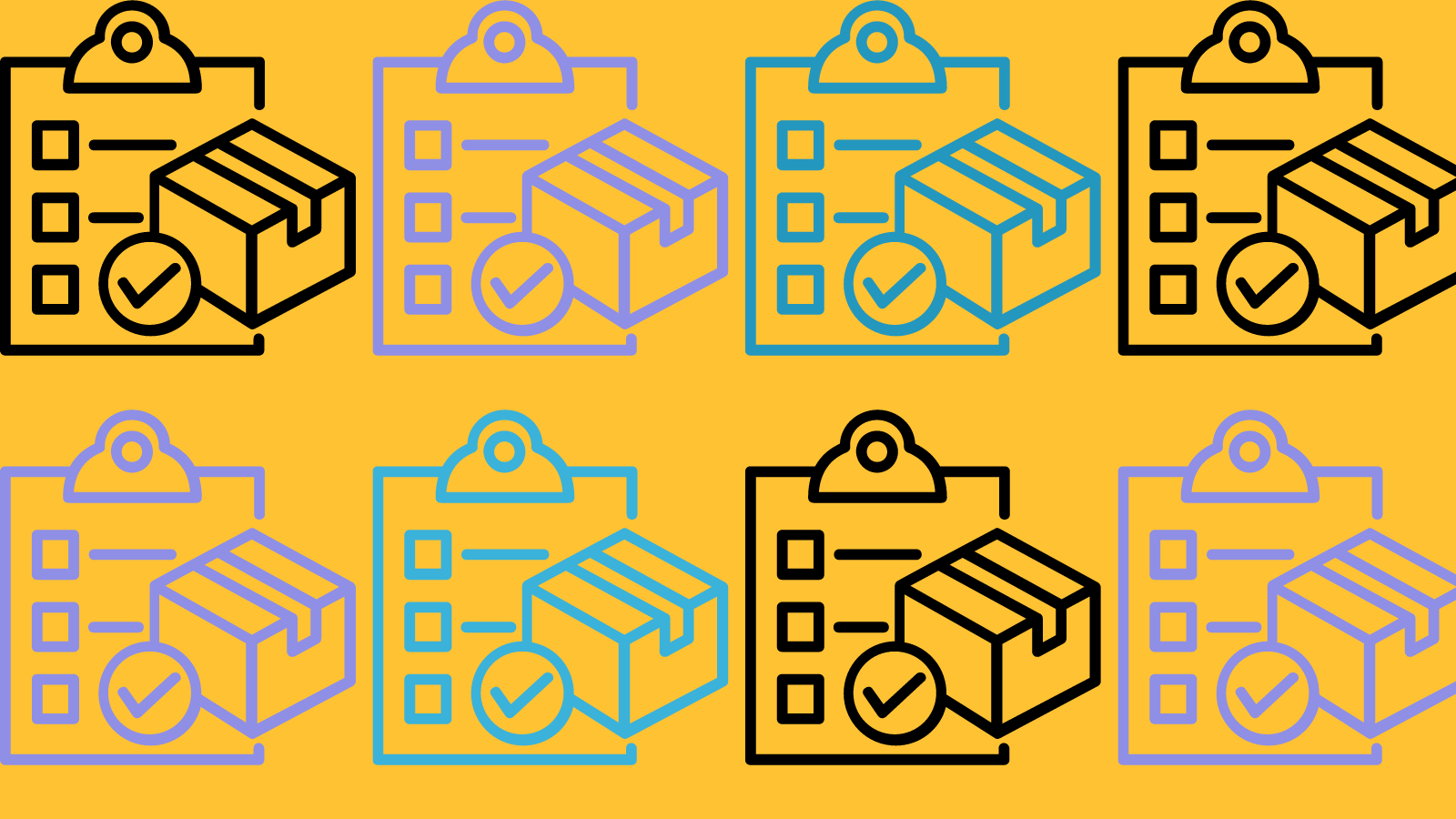
Ecommerce Marketing Tools
Developing a marketing strategy as a small business owner can be intimidating, especially if you don’t have any previous experience with marketing. Fortunately, there are plenty of online tools out there that can take parts of it off your plate for a reasonable price. Here are a few tools that can help you with the various aspects of ecommerce marketing.
SEO Tools
- Google PageSpeed Insights
- Ubersuggest
- Google Keyword Planner
- Google Search Console
- SEMrush
- Moz
- Ahrefs
Content Marketing Tools
Email Marketing Tools
Social Media Marketing Tools
Influencer Marketing Tools
CRO Tools
Customer Service and Support Tools
Marketing Analytics Tools

How Sav Can Help
Here at Sav, we know that setting up the website for your small business is only the beginning. That's why our website builder includes:
- SEO optimization
- Google Analytics Integration
- Share Products on Social Media
- Sell Products on Facebook and Instagram
- Automated Advertising at Google Shopping
Advanced and unlimited plans also include:
- Sell on Amazon
- Abandoned Cart Recovery
- Remarketing with Google Analytics
Newsletter
Popular
Top Articles
Recommended articles
How to Come up With Ecommerce Product Ideas
Whether you’re starting a new ecommerce business or expanding a pre-existing one, what products to sell online is an important decision....
Read moreHow to Create a Modeling Portfolio
What is a Modeling Portfolio? A modeling portfolio is a demonstration of your skills and talent you can show to potential employers and...
Read moreThe Best Side Hustles From Home to Try
Why Start a Side Hustle from Home? Earn Extra Money Being alive is expensive right now. Whether your financial goals are to pay off your...
Read more
